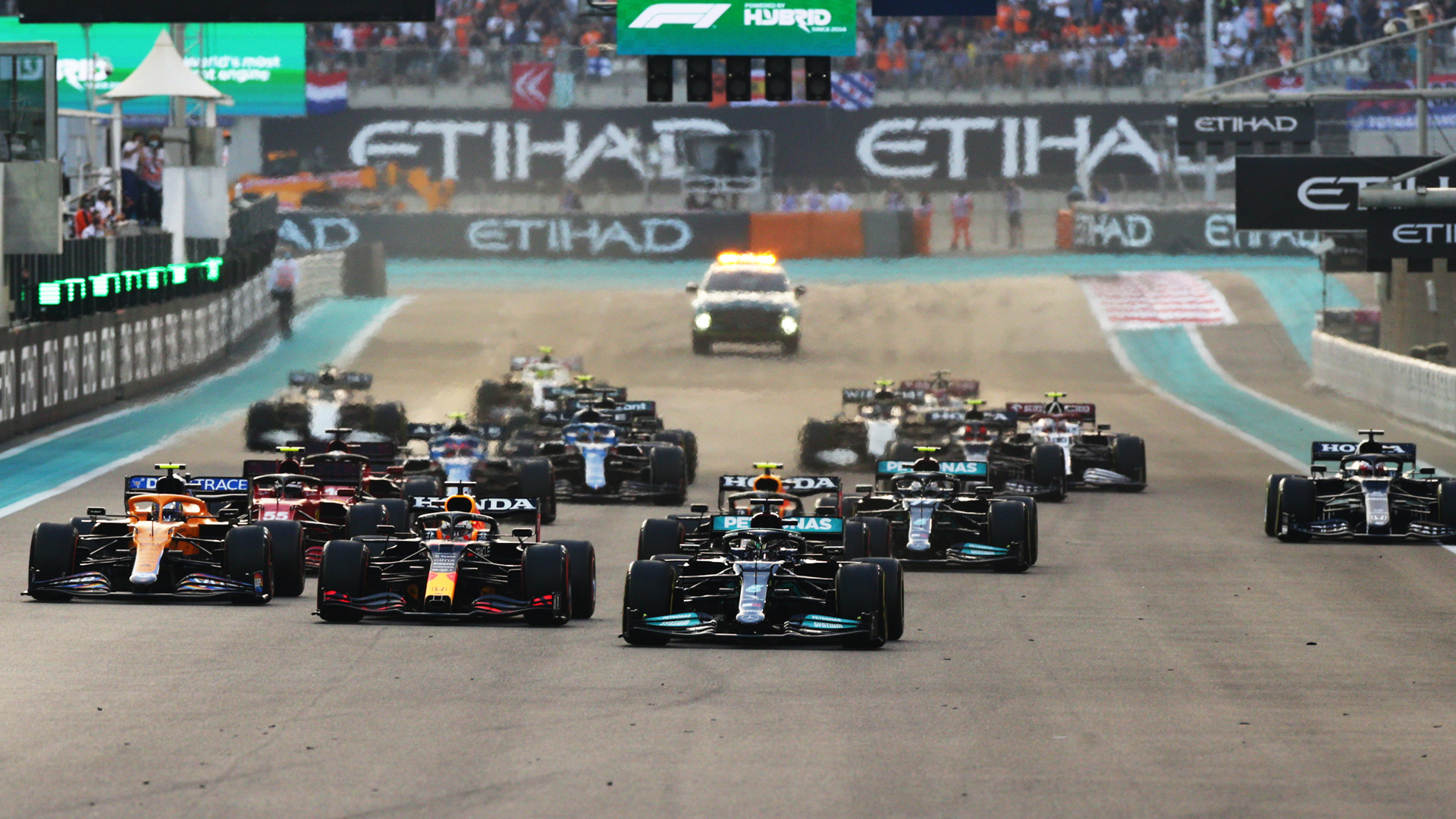

Formula 1 has had an incredibly good run lately. From shrinking, aging audiences a decade ago to forecasting a billion fans worldwide in 2022, its recently-released 2021 viewing figures reflect just how far the sport has come. Reporting a total of 1.55 billion viewers across 22 races in 2021 shows that F1’s amassed an enormous audience, especially for a somewhat niche motorized sport. However, other reports reflect that there was actually a decrease of 17 million when it comes to average viewers per race.
So, the good news first: the total tv audience for F1 in 2021 was up 4 percent over 2020, and there was a record number for the Abu Dhabi finale with 108.7 million people tuning in to see what happened. That’s 29 percent more viewers than the 2020 finale. That’s not surprising, seeing as the title had already been decided in Turkey that year, long before the finale.
Those are good numbers and unsurprisingly, F1’s press release was also keen to flag that the three events with sprint qualifying enjoyed good audiences, with the British Grand Prix bringing in 79.5 million viewers. Likewise, the Italian Grand Prix racked up 80.4 million and Sao Paulo 82.1 million viewers. The Bahrain season opener also brought in 84.5 million viewers, so there was sustained interest across the season to some extent.
However, F1 ran its biggest-ever calendar last year, whereas 2020 was a short season. Across 17 races during the challenges of lockdowns and COVID-19, Motorsport Broadcasting noted that the average audience was 87.4 million—over 22 in the more “normal” 2021 season, the same number fell by more than 17 million per race to 70.3.
Fear not, F1 is doing well. Its FIA counterparts like Formula E (a much younger series with a much shorter calendar) are not reaping this kind of audience rewards; FE’s massive recovery in 2021 was to just the tune of 316 million worldwide viewers and, while the series is on a recovery arc, that’s still small. On the other hand, F1’s cost, calendar, and scale make any other international motorsport series look statistically microscopic, so you would expect it to be delivering a sound drubbing to any other events.
Even so, this points to something F1 doesn’t want to acknowledge. As the calendar gets longer and longer, there are diminishing returns not just in what it does to the teams and staff members, but that more and more races isn’t how to get a bigger returning audience. If F1’s closest-ever season where things ran to the wire on the final race can only draw in 4 percent more viewers than a COVID-affected year, then maybe pushing endlessly on with 23 races this year is not the way to go.
Got a story tip? Mail it in on tips@thedrive.com